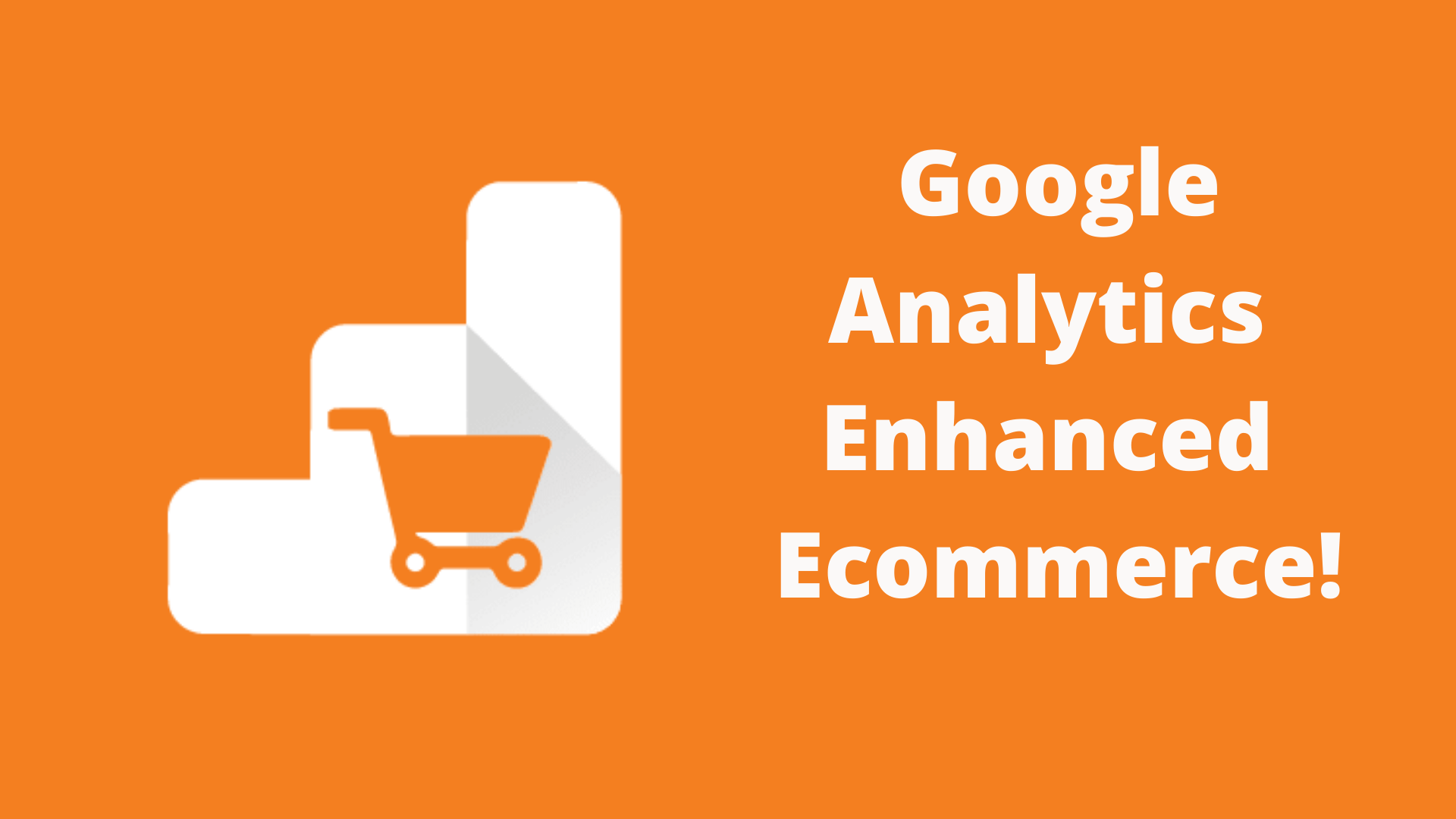Google Tag Manager For Google Analytics Enhanced Ecommerce!
For an eCommerce seller, the analytical aspect of the transactions and the potential transactions play a huge role in improving the performance of their digital store. In many cases, customers enter your website but leave midway due to some reason, and you want to find out why that happened. In some cases, numerous customers have been checking out products from your store, in which case you might want to know which channel they have entered through and how you can market better there. All of this data is extremely crucial in remedying the shortcomings of your online store. This is where Google Analytics kicks in. With its enhanced commerce feature, which allows you to tract extremely intricate details, managing and enhancing the performance of your business becomes a lot easier.
Setting Up Google Analytics Enhanced Ecommerce Using Google Tag Manager
Enhanced eCommerce offers features that are a lot more helpful than the ones offered by eCommerce tracking. In the case of the latter, you will mostly be presented with rounded-up data on factors such as products purchased, the total number of orders placed, et cetera. However, the former presents you with the opportunity to dig deeper with details about steps within the checkout process and what comes before it.

Setting up enhanced eCommerce:
- The first thing you will be required to do is set up a google analytics account. Sign up for it, and with the provision of a few details, you will be able to access a range of features that it comes with.
- The next step involves clicking on the admin panel and then migrating over to the view section, where you can find the option for enhanced eCommerce. Turn on all the options underneath it, to receive detailed data on your digital store. If you wish to view check-out behavior as well, you may allow enable it.
- eCommerce platforms generally have plugins in their shopping cart, which allows the google analytics code to be directly integrated into it so that data may be gathered from the consumers who do end up there. In case your website does not have it, you will be required to create the code separately.
- By making use of google tag manager, you can create an account that tracks user behavior in a more intricate manner. All you have to do to enable this is go to the variable creation menu and create a more defined google analytics account. To configure the variables in a more efficient manner, you may go to additional settings and choose the options that suit your requirements.
What next?
Well, once your account has been all set up, and the tracking enabled, you will be able to receive extremely detailed reports about the performance of your business and the consumer behavior on it. Not only does it provide you with information about the behavior of consumers at the checkout point, but it also gives you a detailed analysis of your products and how your sales revenue fared during the accounting period. Through this, you will be able to trace out any trends and see exactly where time and resources need to be directed in a better manner.
Conclusion:
Using google tag manager gives you the power to access some of the most detailed data about the buying behavior of your demographic. Enhanced eCommerce opens up a world of opportunities in terms of analytics, and gives you the potential to make use of this conducive data to figure out the weak points in your business model. All of this data allows you to truly improve the shopping experience for your consumers and lets you capitalize on the strong points of your enterprise.
